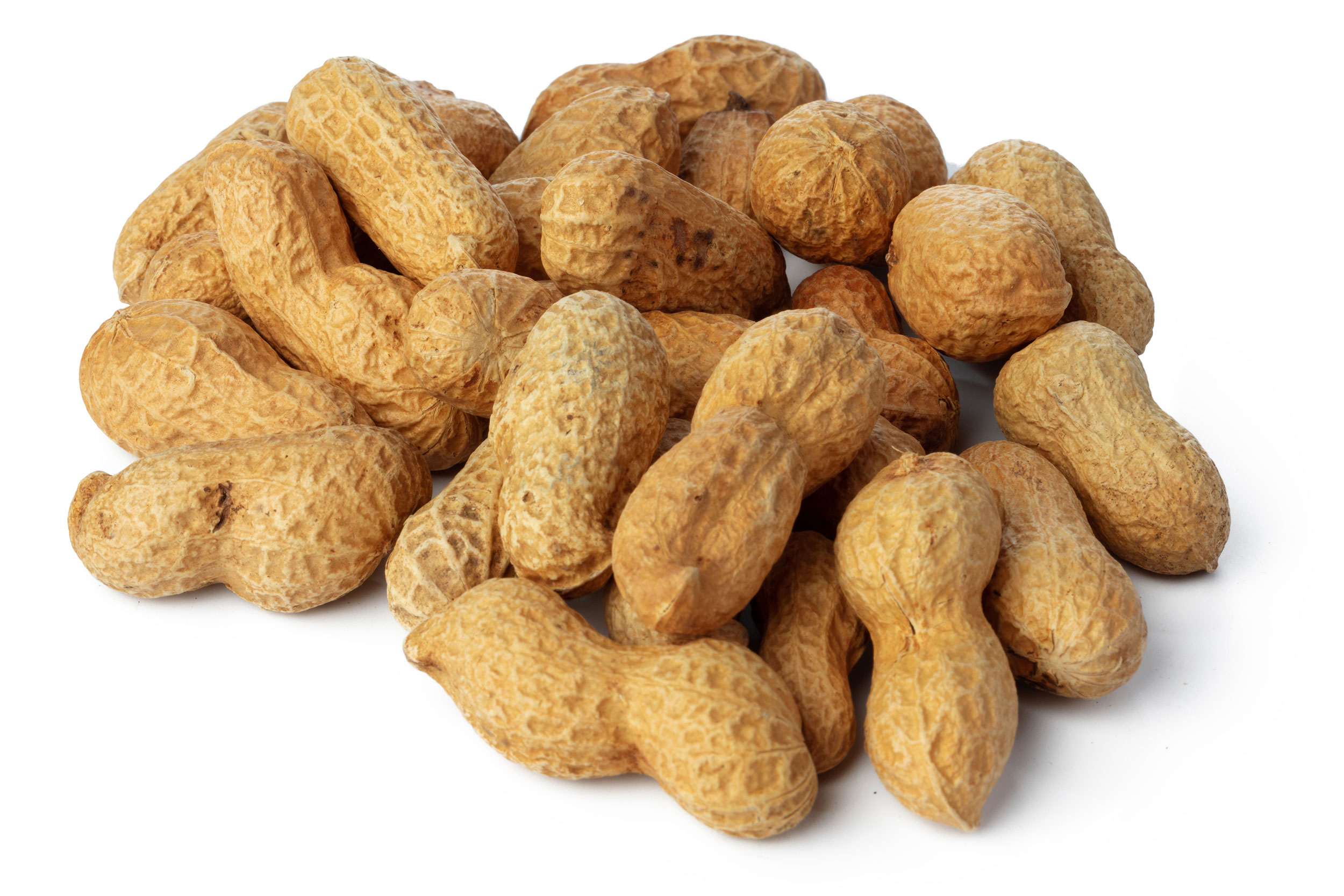How to Ensure a Nutritious Diet for Kids?
A balanced diet for children is an essential component of healthy growth and development. It involves a mix of various food groups in proper proportions, supplying the necessary nutrients that young bodies require during their formative years. Attention to dietary needs during childhood can set a foundation for lifelong health and well-being.
Comprehending Dietary Requirements
Children’s nutritional requirements differ from adults due to their ongoing growth and development. Their bodies need more vitamins, minerals, energy, and adequate hydration. The main components of a balanced diet for children include carbohydrates, proteins, fats, vitamins, minerals, and water. Each plays a crucial role in supporting dynamic processes such as bone development, immune function, and cognitive growth.
1. **Carbohydrates:** Essential for energy, carbohydrates ought to make up roughly 45-65% of a child’s daily intake. Whole grains, fruits, and vegetables are sources that not only supply energy but also fiber, which helps with digestion and keeping blood sugar stable.
2. **Proteins:** Proteins play a crucial role in the repair and growth of tissues. It’s important for children to eat lean meats, poultry, fish, eggs, beans, and nuts to gain sufficient amino acids that are essential for the development of muscles and metabolic processes.
3. **Fats:** Beneficial fats, contrary to common misunderstandings, are essential. Making up roughly 25-35% of everyday consumption, polyunsaturated and monounsaturated fats present in nuts, seeds, and fish aid in brain growth and assist with the absorption of fat-soluble vitamins such as A, D, E, and K.
4. **Vitamins and Minerals:** A varied diet makes sure that kids receive adequate vitamins and minerals. Calcium is important for strong bones, iron is essential for creating blood cells and brain development, and vitamins like A, C, and E contribute to immune function and maintaining healthy skin.
Crafting a Well-Rounded Meal
A well-rounded diet can be represented by a divided plate. One half should consist of fruits and vegetables, providing a variety of vitamins, minerals, and antioxidants. One-fourth should consist of grains, preferably whole grains such as oats, brown rice, and whole wheat bread. The last section should be for proteins. To ensure adequate calcium intake, include dairy products or their alternatives.
Consejos y Estrategias Prácticas
– **Include Diversity:** Providing a selection of foods guarantees a wide array of nutrients. Frequently change fruits, vegetables, and protein options to avoid nutritional deficiencies.
– **Model Healthy Choices:** Children often mimic adults. Demonstrating balanced eating and discussing its benefits encourages healthy habits.
– **Reduce the intake of sugary and processed foods:** These types of foods may lead to consuming more calories than necessary and offer little to no nutritional value. Implementing a policy for occasional indulgences can aid in controlling consumption.
– **Include Kids in Food Planning:** Motivating children to take part in shopping for groceries or assisting with cooking helps develop an interest in meals and nutrition, increasing the chances they will choose healthy options.
Reflective Synthesis
Creating a well-rounded eating plan for kids is a fluid task that corresponds with their developmental stages. Concentrating on foods rich in nutrients, grasping balanced plate compositions, and encouraging fun, family-centered meal planning activities all assist in crafting a supportive eating setting. As youngsters adopt and adjust to these beneficial habits, they set the foundation for a future where conscientious food decisions are instinctive. By combining these components, we set the stage for the next generation to flourish both in body and mind, harnessing their full growth potential.


